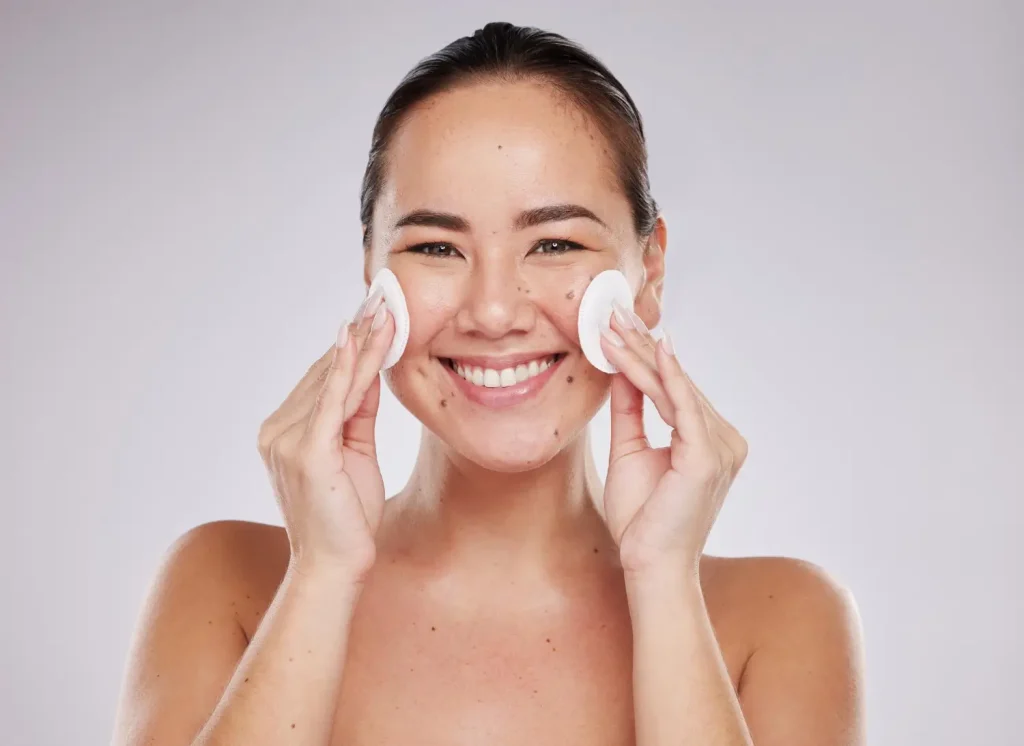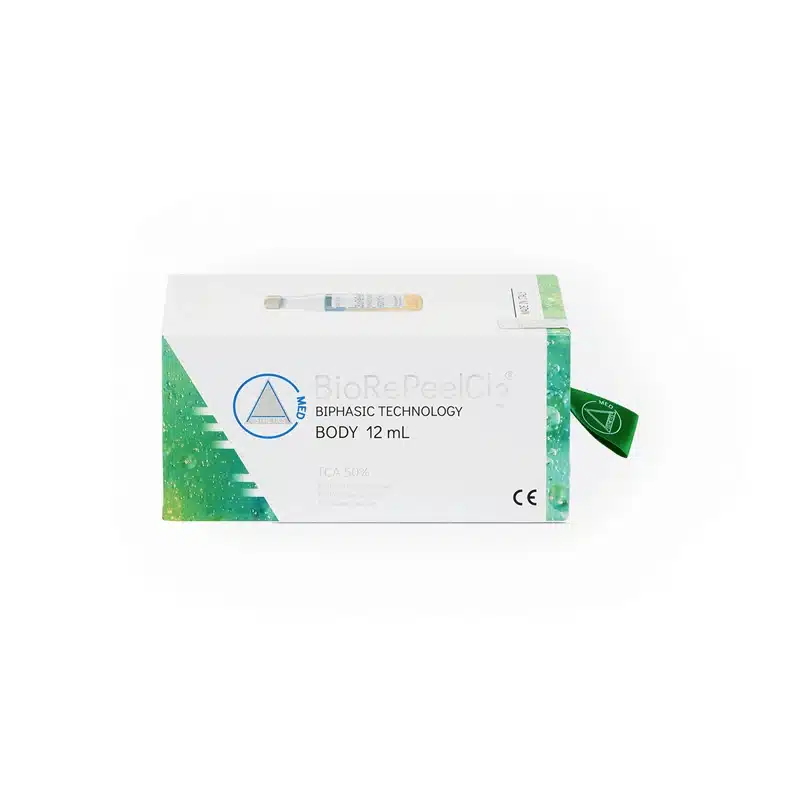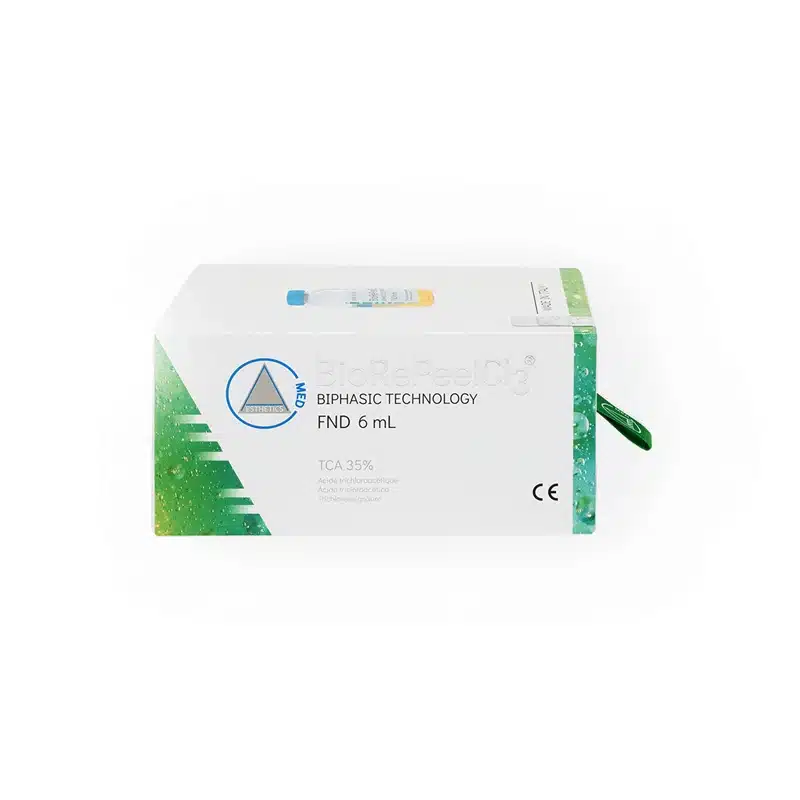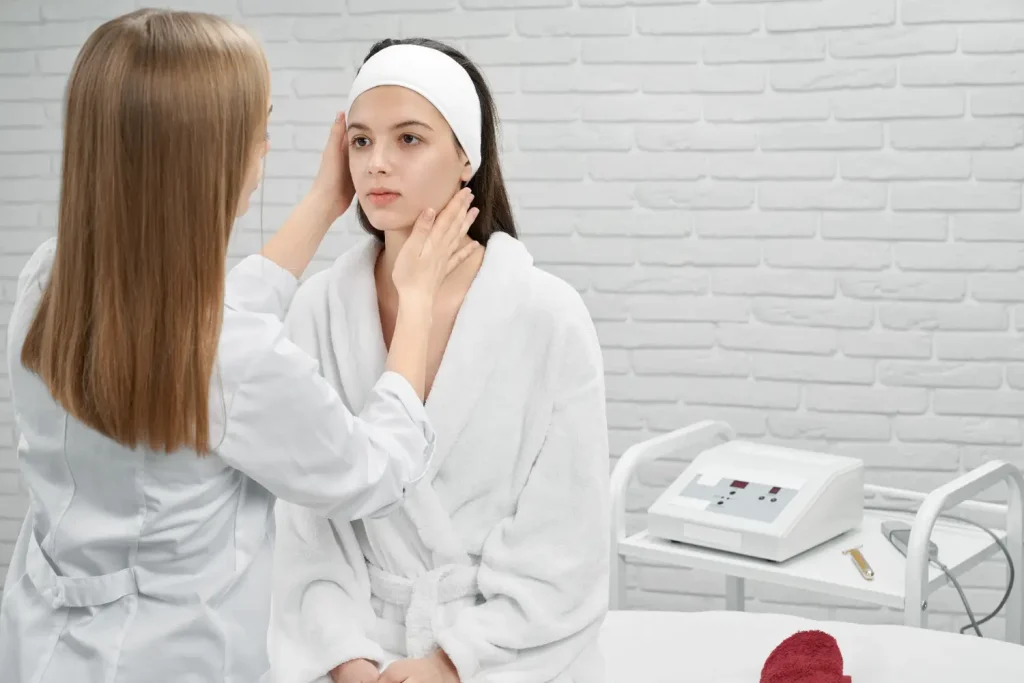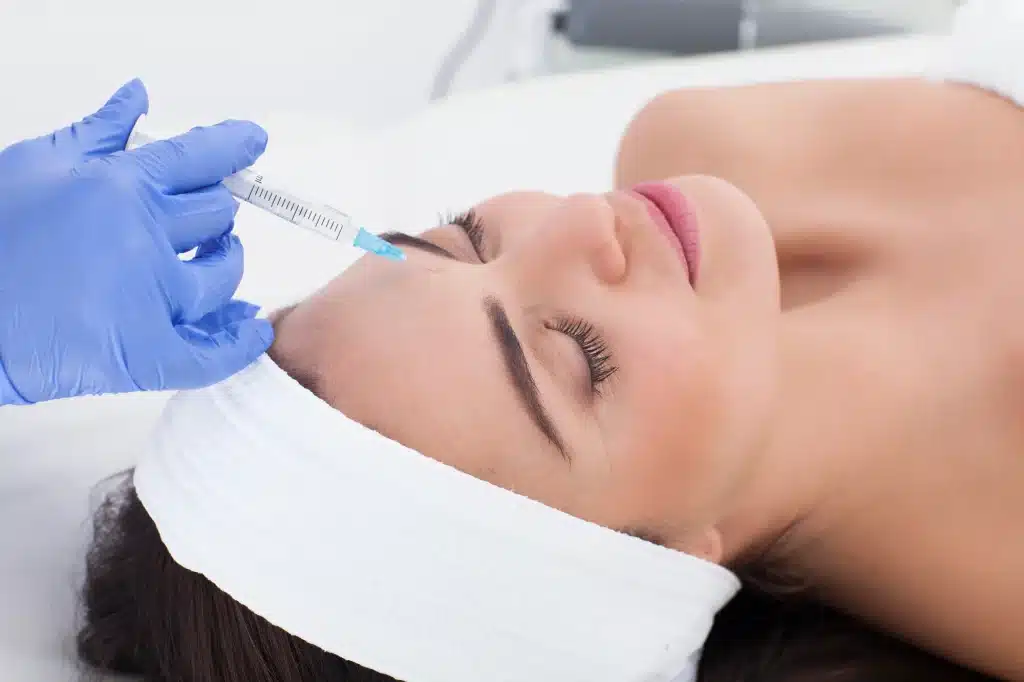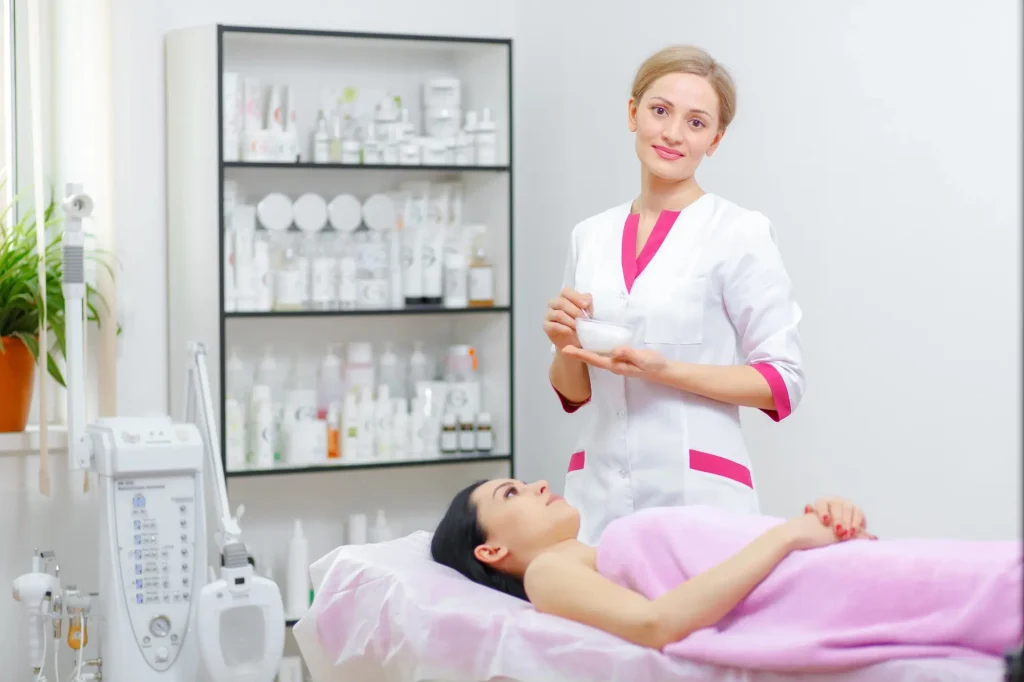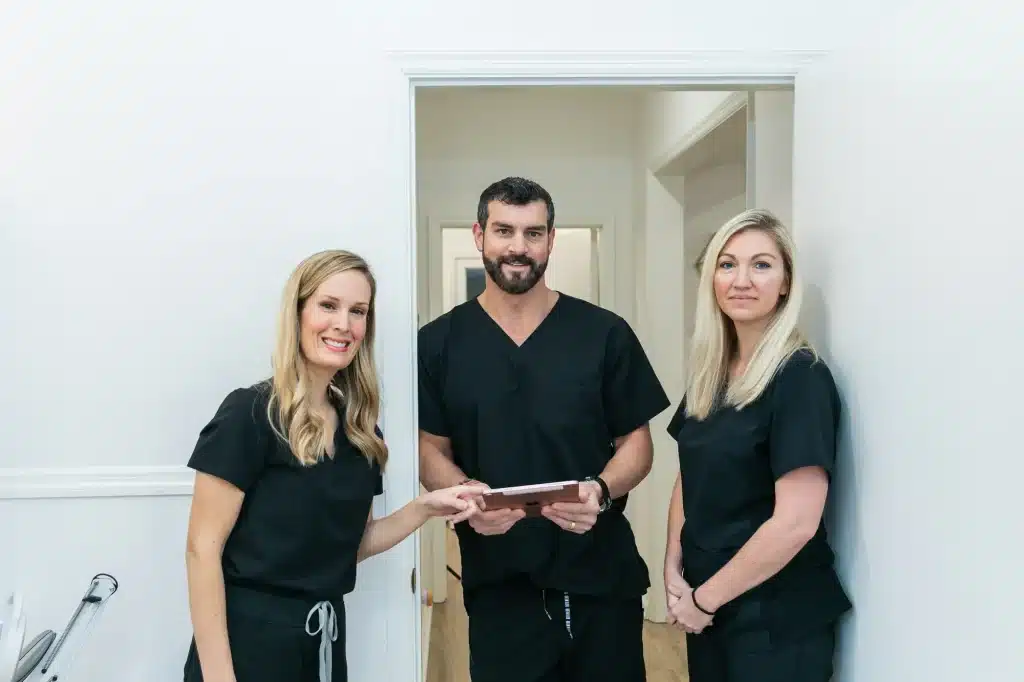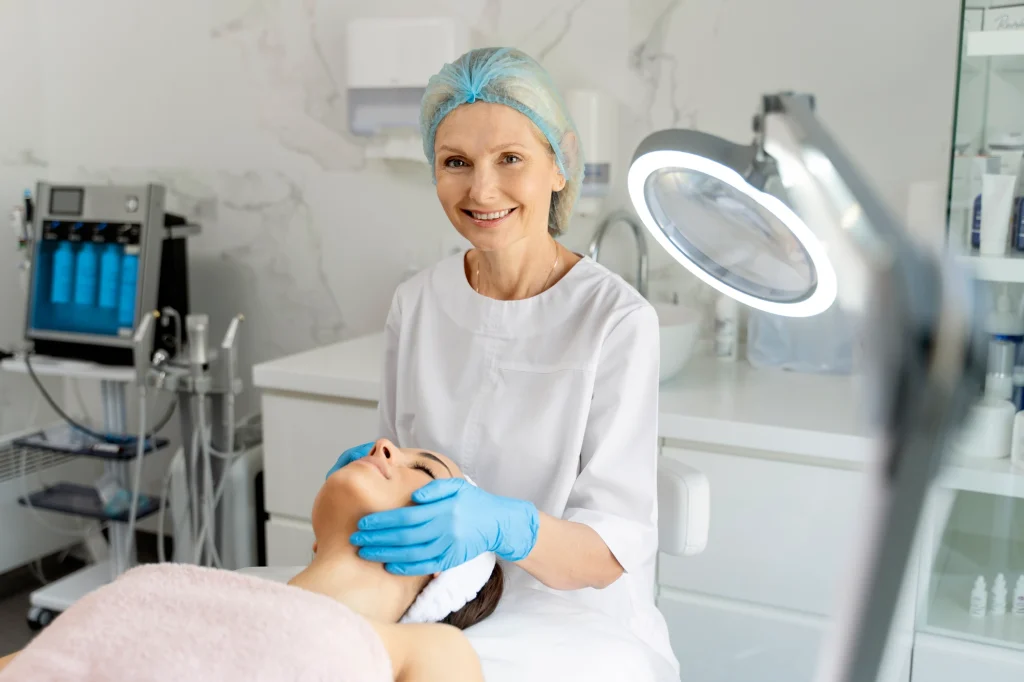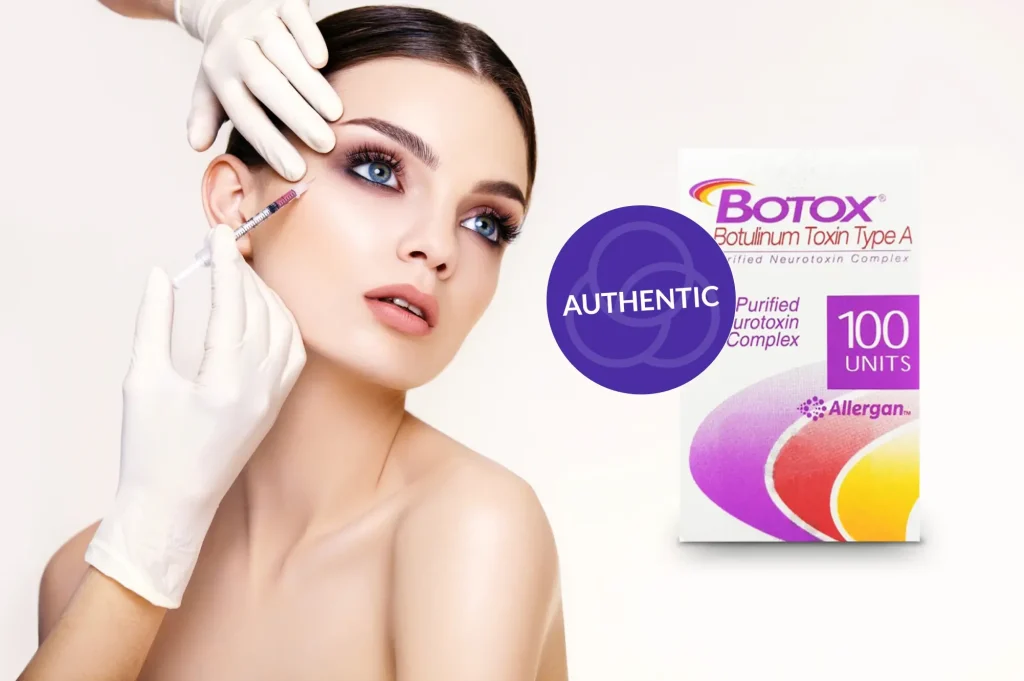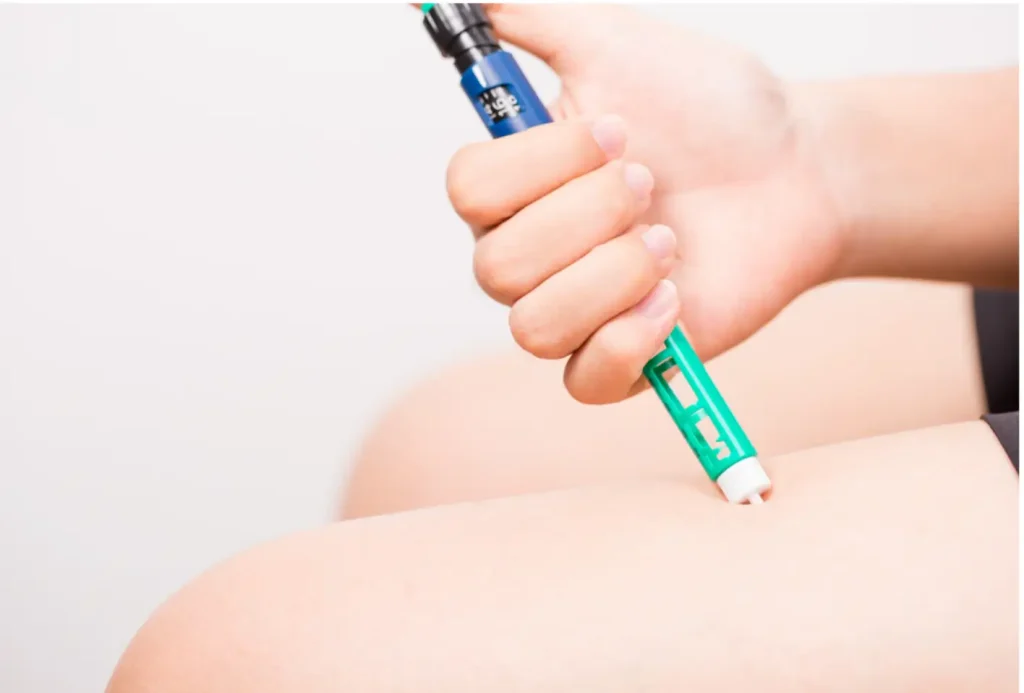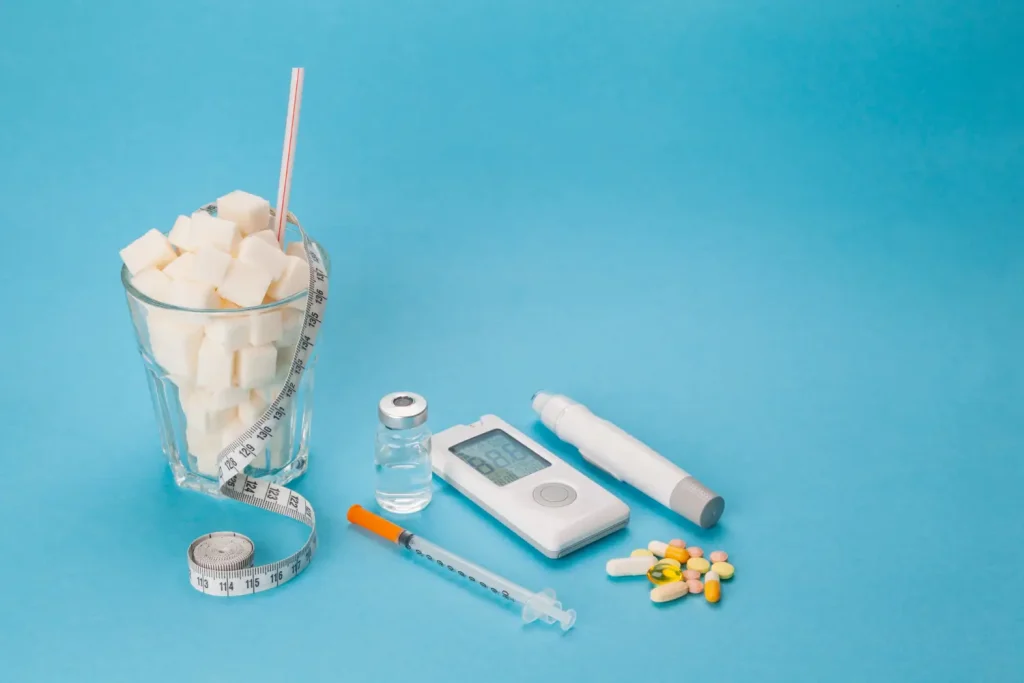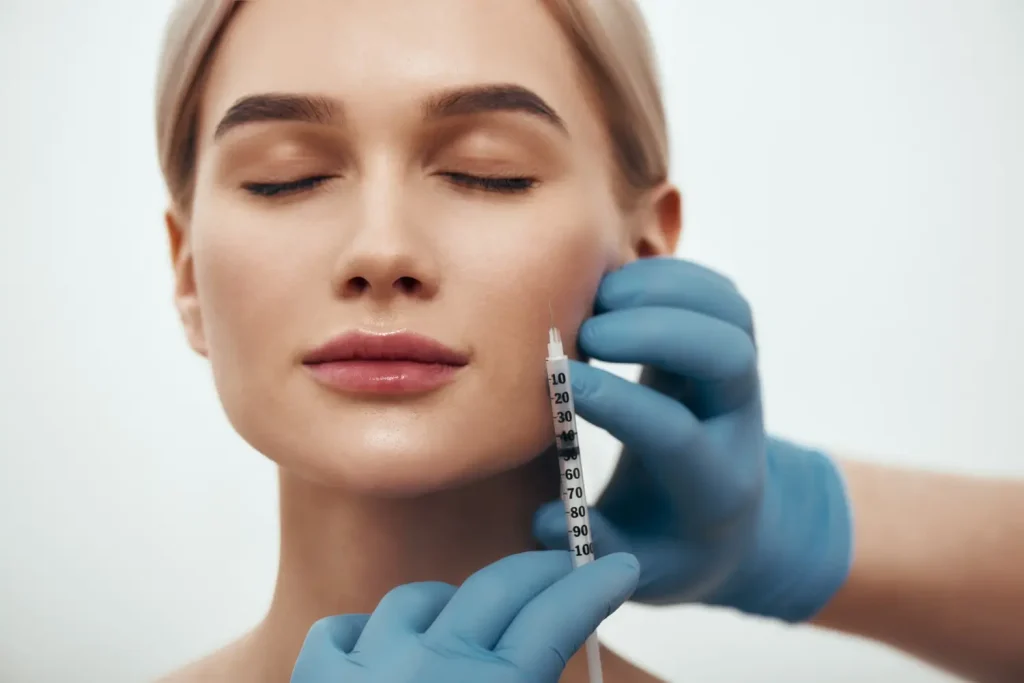Getting a chemical peel is only half the journey—the way you care for your skin afterward plays a huge role in how well your results turn out. Studies have shown that a consistent post-peel routine, especially one focused on hydration and sun protection, helps rebuild the skin barrier, eases sensitivity, and speeds up recovery.
This is particularly important with treatments like BioRePeel, a biphasic 35% TCA peel known for delivering noticeable revitalization with less downtime than traditional peels. While the procedure itself is designed to be gentle yet effective, following the right aftercare steps is what allows patients to fully enjoy its benefits and keep side effects to a minimum.
In this article, we’ll walk through the key elements of BioRePeel aftercare, from soothing and protecting the skin to maximizing results, so patients feel confident and supported throughout the healing process.
Key Takeaways
- BioRePeel is a chemical peel designed to exfoliate and renew skin with minimal downtime.
- Mild redness, tightness, or peeling may occur after treatment but usually resolves within a few days.
- A gentle skincare routine, including cleansing, moisturizing, and daily SPF, supports safe recovery.
- Patients should avoid sun exposure, exfoliants, and harsh products during the first week to protect healing skin.
- Hydration and consistency are key to achieving long-lasting results.
- A professional consultation helps determine whether BioRePeel is suitable for each skin type and condition.
About: Medical Spa RX provides medical practices with premium products at the best prices. If you’re looking to buy BioRePeel online for your practice, the sales representatives at Medical Spa RX can give you guidance.
Immediate Skin Reactions After BioRePeel and What to Expect
Many patients begin by asking what BioRePeel is. It’s a chemical peel treatment designed to exfoliate, renew, and improve skin quality with minimal downtime. Immediately after a session, patients may notice mild redness, tightness, or tingling in the treated area. These are normal responses and usually fade within a few hours to two days.
Some individuals may also experience light peeling or flaking within the first 48 hours as the skin renews itself. It’s worth noting that visible peeling does not always occur—sometimes the process happens at a microscopic level, meaning the skin is still renewing even if shedding isn’t noticeable.
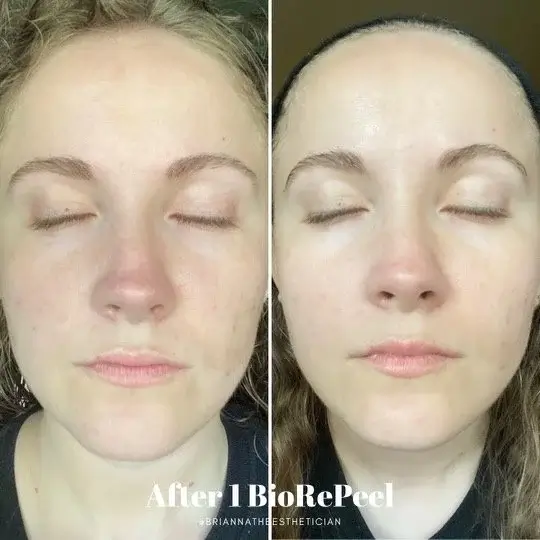
Image Courtesy of Studio B Beauty Lounge
A small number of patients also report temporary dryness, which can be relieved with an appropriate moisturizer. It’s important not to pick or scratch peeling skin to avoid irritation or scarring. These short-term reactions signal that the treatment is actively stimulating skin regeneration.
Understanding what to expect helps reduce worry and encourages patients to follow aftercare consistently. With the right BioRePeel aftercare, these side effects typically resolve quickly, revealing fresher, healthier-looking skin.
What to Avoid After BioRePeel: Sun, Harsh Products, Exfoliants
The first week after a BioRePeel session is a critical recovery window. During this time, the skin is more delicate and vulnerable. Avoiding certain triggers helps reduce irritation and protect your results:
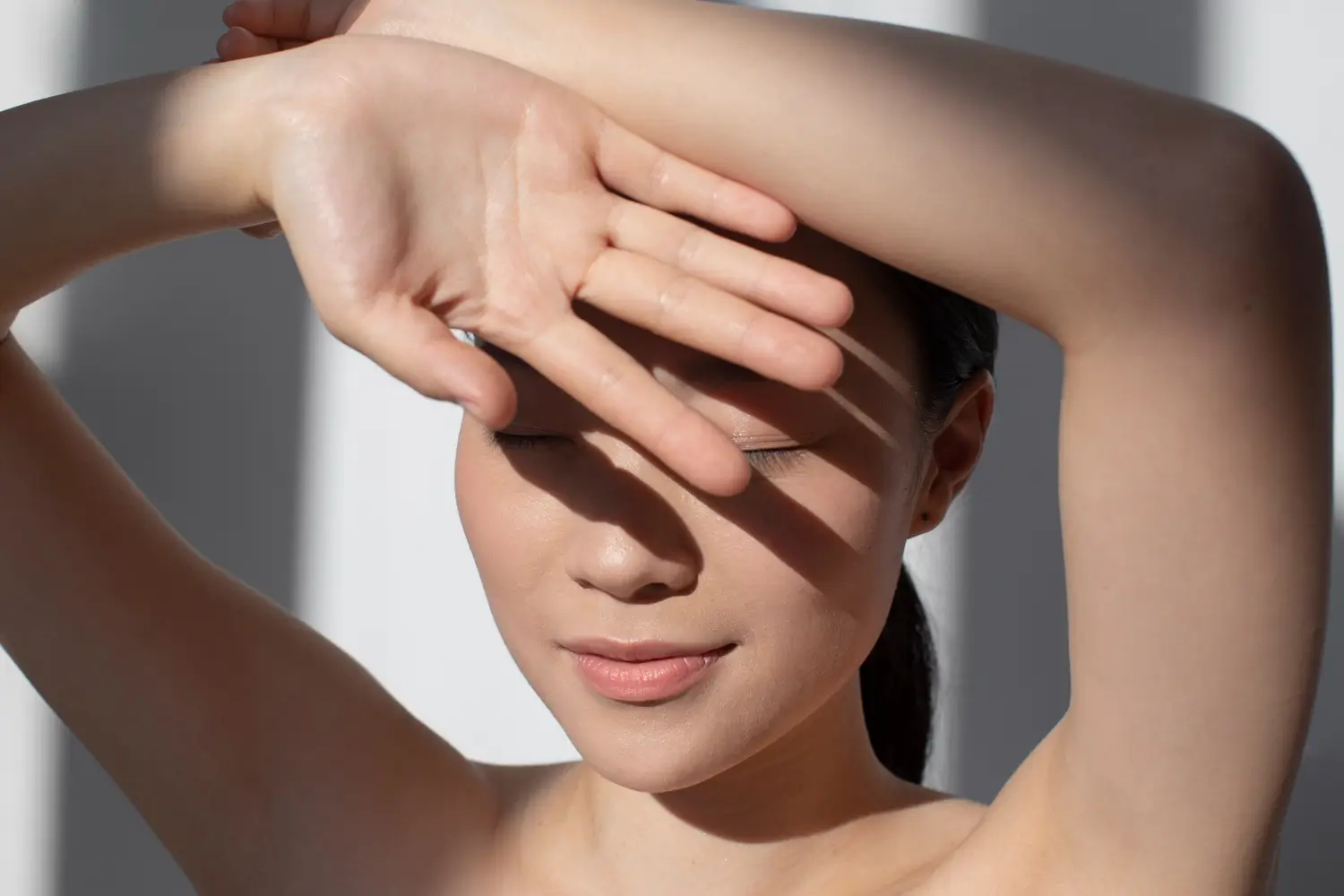
- Direct Sun Exposure: Even short exposure can lead to pigmentation and slow healing. Stay indoors when possible, wear protective clothing, and apply SPF 30+.
- Exfoliants: Avoid chemical and physical exfoliators, as they can cause excessive peeling, irritation, or damage to newly treated skin.
- Harsh Skincare Products: Hold off on actives like retinol, AHAs, and salicylic acid until your provider says it’s safe to resume.
- Heat and Sweat: Excessive heat, such as from hot showers, saunas, or intense workouts, may exacerbate redness and discomfort.
- Picking or Scratching: Allow skin to shed naturally—interfering with this process increases the chance of scarring or uneven texture.
Supporting Healing and Enhancing Results After BioRePeel
While BioRePeel jumpstarts the skin renewal process, the care taken afterward plays a major role in how well the skin heals and how long the improvements last. A thoughtful aftercare plan should focus on hydration, protection, and patience. Consistency is key, as this helps the skin repair itself while maintaining the benefits of the treatment.
Here’s a structured routine most providers recommend:
- Cleansing: Wash your face twice daily with a mild, non-foaming cleanser. This keeps skin fresh without stripping away its protective barrier.
- Moisturizing: Apply a fragrance-free, soothing moisturizer several times a day to reduce dryness, minimize peeling, and keep skin comfortable.
- Sun Protection: Use a broad-spectrum sunscreen (SPF 30+) every day. Reapply every two hours if you’re outdoors, as post-peel skin is especially vulnerable to UV damage and pigmentation.
- Hydration: Drink water regularly and consider adding a lightweight hydrating serum to support balance and renewal from within.
- Night Care: Apply calming creams or serums before bed to help reduce redness and encourage overnight repair.
- Avoid Irritants: Pause the use of products with retinol, AHAs, or salicylic acid until your provider confirms it’s safe to reintroduce them.
Optional measures, like eating a nutrient-rich diet or applying soothing sheet masks, can provide extra comfort and support, though they are not essential steps.
By following this routine and avoiding common irritants such as heat, sweat, or harsh skincare products, patients can protect their healing skin and prolong the glow of their BioRePeel. With mindful aftercare, results are smoother, more radiant, and longer-lasting.
Conclusion
The success of BioRePeel relies as much on aftercare as it does on the treatment itself. Following professional instructions minimizes risks, supports healing, and maximizes benefits. A structured routine that emphasizes hydration, sun protection, and avoiding harsh products creates the best conditions for recovery.
Patients who stay consistent with their care often see better skin texture, tone, and durability of results compared to those who don’t. In the long run, aftercare turns a single BioRePeel session into an investment in smoother, clearer, and more youthful-looking skin.
FAQs
1. How long does recovery from BioRePeel take?
Most patients experience redness or peeling for 2–5 days, with full recovery typically occurring within a week.
2. Can I wear makeup after BioRePeel?
It’s best to wait 24–48 hours before applying makeup to avoid irritation or clogged pores.
3. When can I resume my regular skincare products?
Most patients can restart retinol or exfoliants after 7–10 days, depending on sensitivity.
4. Is BioRePeel safe for all skin types?
It is generally safe for a wide range of skin types, but a professional consultation ensures suitability and minimizes risks.
5. How soon can I get another BioRePeel session?
Sessions are usually spaced 2–4 weeks apart, based on skin needs and provider recommendations.
References
Piejko L, Glenc-Ambroży M, Juszczyk J, et al. TCA chemical peel as facial anti-aging therapy for postmenopausal women: a randomised clinical study. Advances in Dermatology and Allergology. doi:10.5114/ada.2024.144161
Hyperpigmentation – American Osteopathic College of Dermatology (AOCD). https://www.aocd.org/page/Hyperpigmentation
Chemical peel. Mayo Clinic. https://www.mayoclinic.org/tests-procedures/chemical-peel/about/pac-20393473

